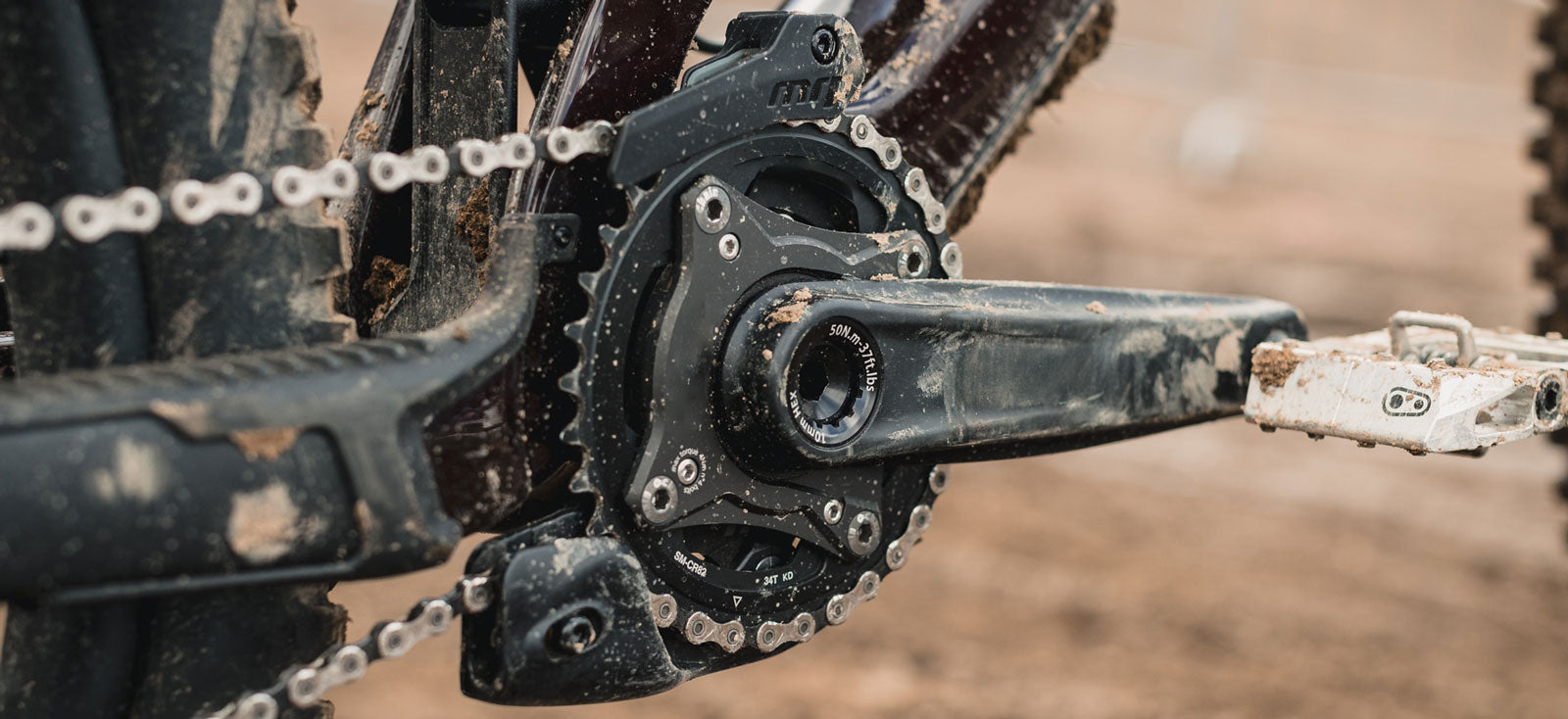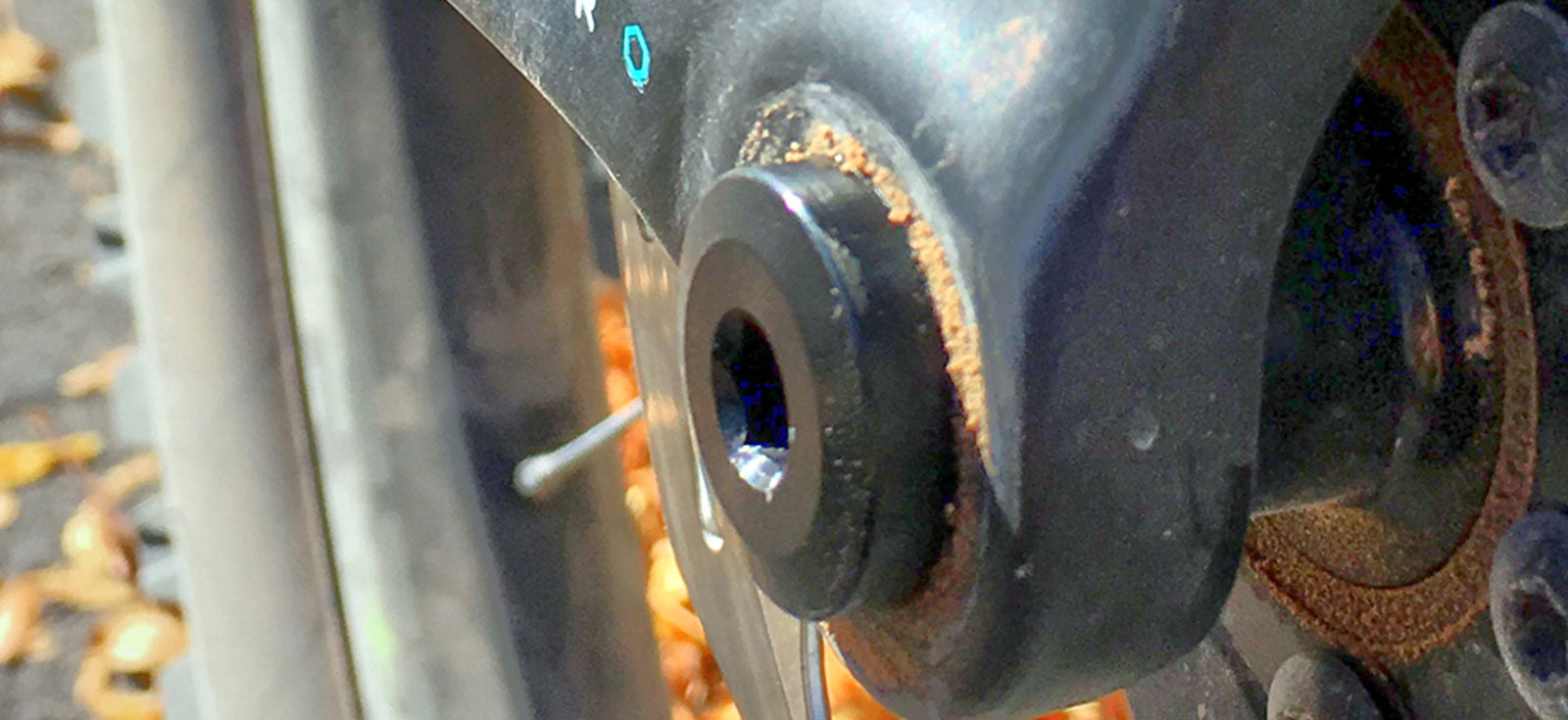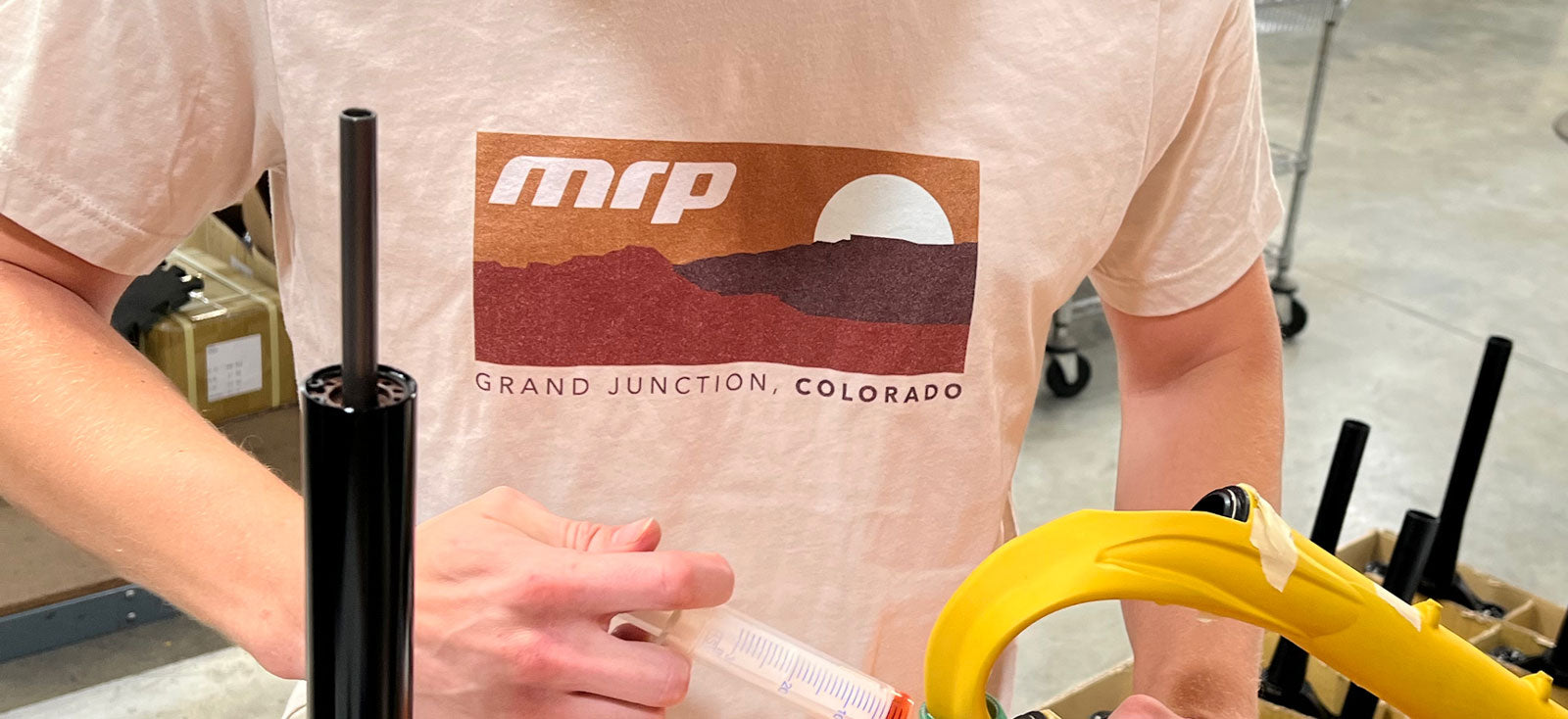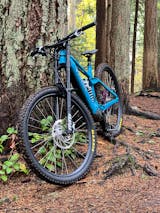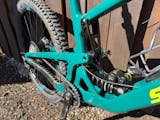LIFT DAMPER TUNE SELECTION HELP
A mountain biking mecca with hundreds of miles of single track covering highly diverse terrain, you could hardly imagine better testing grounds than MRP’s Western Colorado home base. But our product testing encompasses a lot more than simply getting a couple units out on the local trails – awesome as they are. During the Lift Damper development, we solicited feedback from dozens of test riders, iterated hundreds of shim stacks, and ran thousands of dyno tests to validate theory and correlate rider impressions. The thoroughness of those endeavors gives us great confidence in our recommended rider weight ranges. Weight-based tune ranges are useful, but they aren’t the end of the tuning story. The broad diversity of bikes available, wide assortment of styles and techniques used by riders, and the myriad of personal preferences and performance expectations held by riders makes it impossible to segment the total range without some overlap.




